Nowadays, vinyl siding is manufactured by coextrusion. Two layers of PVC are placed in a continuous extrusion process; the top layer is a durable, weather-resistant material, comprising up to 25% of the coating thickness. The coating is made in two layers. The top layer and bottom layer are made of different materials, although they are mostly PVC or polyvinyl chloride.
Vinyl siding is made solely of polyvinyl chloride (PVC) resin and is typically designed and engineered to look like natural wood siding. Over the years, vinyl manufacturers have found ways to manipulate PVC to produce different styles and designs of home siding. Extrusion is the process used to make many objects that have a cross-sectional profile, such as a piece of two-sided vinyl coating. Today's vinyl siding comes in different styles and designs to meet the needs of each homeowner and are tough enough to withstand the elements.
Tin mercaptan helps stabilize the vinyl coating as it ages; it binds with any hydrochloric acid that the coating may release into the PVC as it ages. Overall, vinyl siding has 28 percent of the national volume, or just under 18 million squares, Olson said. Vertical siding was originally used to decorate barns and cottages, but thanks to the enormous amount of effort that has gone into fixing traditional rusty designs, this siding is rapidly gaining popularity in both residential and commercial spaces. If you remove the old vinyl siding and install a new one and the old one is still in good condition, you can still reuse it in other housing projects or take it to the nearest construction reuse center, where it can be used by other homeowners.
And while vinyl siding expands when temperatures rise, summer heat usually doesn't pose a problem as long as the installation is successful. Even after installing vinyl siding, it continues to release gases and emits harmful chemicals, albeit in small quantities. According to This Old House, vinyl siding costs, on average, 11 percent less than cedar siding and 26 percent less than aluminum. Although there are some concerns about the adverse effects of vinyl siding production on humans and the environment, vinyl manufacturing is still more efficient than brick and mortar production, since it uses far fewer resources.
Vinyl siding manufacturers have also focused on expanding their portfolio to other materials, in particular manufactured stone and masonry veneer, which look authentic but are less expensive and easier to install. And because vinyl siding is made of PVC, which is a plastic material, you won't necessarily have to worry about water leaking out when it rains or when you pressure wash the siding, as the water will flow directly to the floor, keeping the insulation behind the siding secure. Another product released to the atmosphere through the manufacture of vinyl siding is sulfur dioxide, which contributes to acid rain and smog. Vinyl siding is commonly used in temperate regions such as Texas, Florida, and California, where the weather often doesn't drop below freezing.
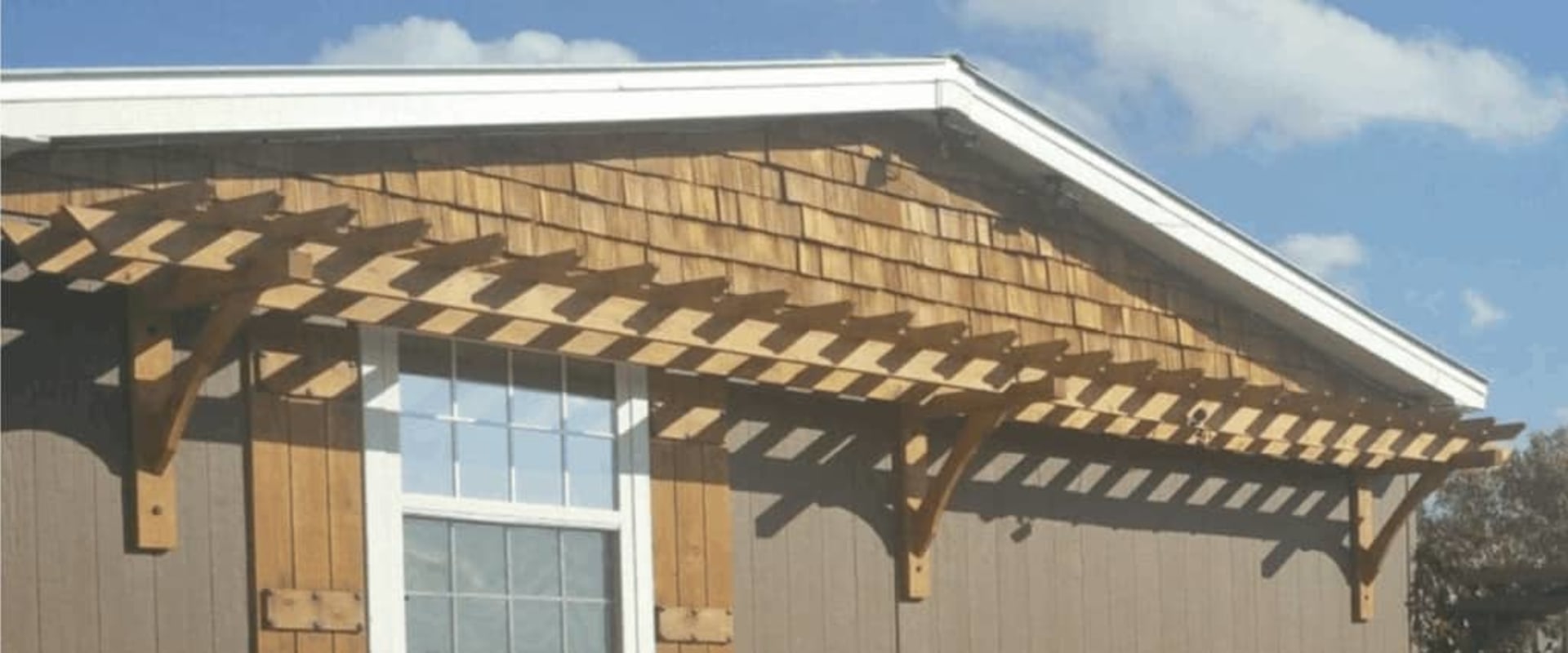
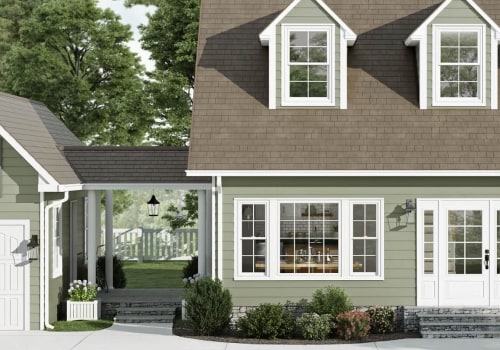
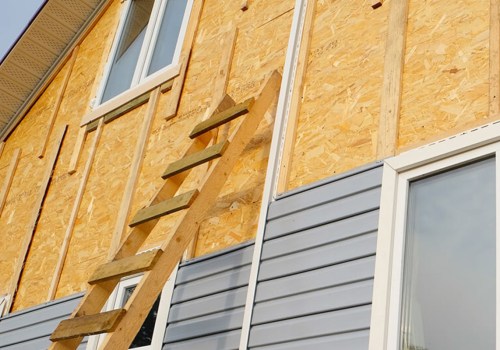
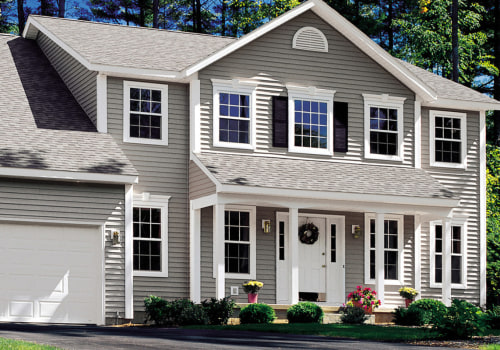
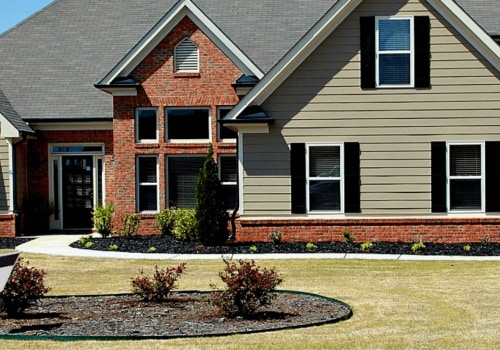
Leave Reply